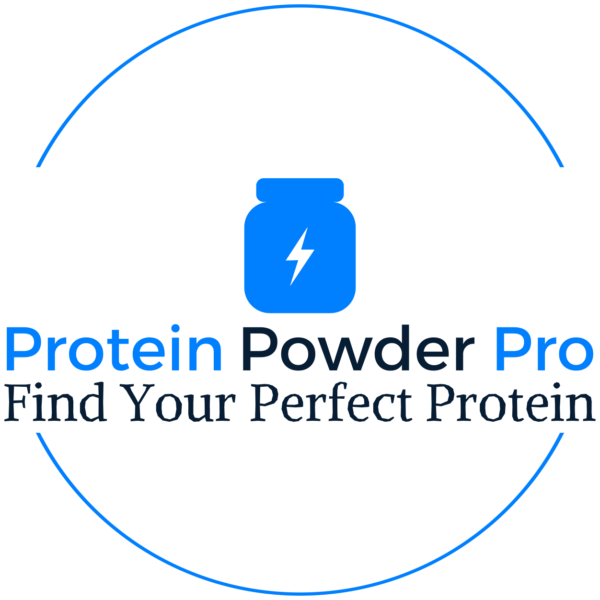Introduction
Choosing the best protein powder can be an overwhelming task given the vast array of products available on the market. Whether you’re a seasoned athlete, a fitness enthusiast, or simply someone looking to supplement your diet, understanding the nuances of protein powders is crucial for making an informed decision. In this comprehensive guide, we’ll dive deep into the world of protein powders, exploring types, nutritional content, suitability for different dietary needs, and how to select the best product for your specific goals and lifestyle.
Understanding Protein Powder Basics
1. What is Protein Powder?
Protein powders are dietary supplements that provide a high concentration of protein in a convenient form. Derived from various sources, including animal and plant-based materials, they are designed to aid in muscle recovery, weight management, and overall health.
2. Types of Protein Powders
- Whey Protein: Derived from milk, whey protein is quickly absorbed by the body, making it ideal for post-workout recovery. It contains all essential amino acids.
- Casein Protein: Also from milk, casein is absorbed more slowly, providing a steady release of amino acids, which makes it great for taking before bed.
- Soy Protein: A popular plant-based option, soy protein is a complete protein but also contains phytoestrogens, which might be a concern for some.
- Pea Protein: Made from yellow split peas, this plant-based protein is rich in iron and a good option for vegetarians and vegans.
- Hemp Protein: Derived from the seeds of the hemp plant, it includes beneficial omega-3 fatty acids and is also plant-based.
- Rice Protein: A hypoallergenic plant-based option that’s usually combined with pea protein to enhance its amino acid profile.
3. Complete vs. Incomplete Proteins
Proteins are made up of amino acids, some of which are essential because the body cannot make them. A complete protein contains all essential amino acids in adequate amounts, while an incomplete protein lacks one or more of these.
Choosing Protein Powder Based on Goals and Dietary Needs
1. Fitness Goals
- Muscle Gain: Opt for a protein powder with a high biological value (whey, casein).
- Weight Loss: Look for powders that are low in sugars and fats but high in protein to help keep you full.
- Endurance Sports: You might benefit from a protein that is easily digestible and quick to absorb, like whey.
2. Dietary Restrictions
- Vegan/Vegetarian: Choose plant-based proteins such as pea, hemp, or soy.
- Lactose Intolerance: Avoid whey and casein, or opt for lactose-free versions.
- Gluten-Free: Read labels carefully to ensure the powder is certified gluten-free.
- Allergies: Avoid proteins derived from the allergenic source (e.g., soy, dairy).
3. Nutritional Content
- Macronutrient Ratio: Look at the protein-to-carbohydrate and fat ratio to ensure it aligns with your dietary goals.
- Micronutrients: Some powders are fortified with vitamins and minerals, which can be beneficial.
- Additives: Be aware of artificial sweeteners, flavors, and fillers which might not be desirable.
Assessing Quality and Effectiveness
1. Protein Quality
The quality of protein is determined by its bioavailability and amino acid profile. Biological value (BV) is a measure of how efficiently the body can use the protein.
2. Brand Reputation and Transparency
Opt for brands that are transparent about their sourcing and manufacturing processes and provide detailed, understandable labels.
3. Third-Party Testing
Look for products that have been third-party tested for quality and purity. Certifications like NSF or Informed-Sport can be indicators of a high-quality product.
4. Taste and Mixability
The taste and texture of the protein powder are important for long-term use. Consider sampling different flavors and brands to find one you enjoy.
5. Price vs. Value
While not always the case, higher-priced protein powders can sometimes indicate better quality or ethical sourcing practices. However, it’s important to balance cost with nutritional benefit and brand reliability.
Practical Tips for Using Protein Powder
- Integrating into Diet: Protein powders can be mixed with water, milk, or incorporated into smoothies, oatmeal, and baked goods.
- Timing of Intake: Post-workout is a great time for a protein shake, especially with a protein that absorbs quickly like whey. Taking protein at night might be better with a slow-releasing form like casein.
- Monitoring Your Intake: Be mindful of your total daily protein intake from all sources to avoid excessive consumption, which isn’t beneficial and can be harmful.
Conclusion
Selecting the right protein powder is a personalized process that depends on your health, dietary restrictions, fitness goals, and taste preferences. By understanding the different types of protein powders available and what each offers, you can make an educated choice that aligns with your nutritional needs and supports your overall health and wellness goals. Always consider consulting with a healthcare provider or a nutritionist to tailor your choice to your specific health profile and dietary needs.
This guide should empower you with the knowledge to navigate the complex market of protein powders and select a product that enhances your diet and supports your lifestyle and goals.





